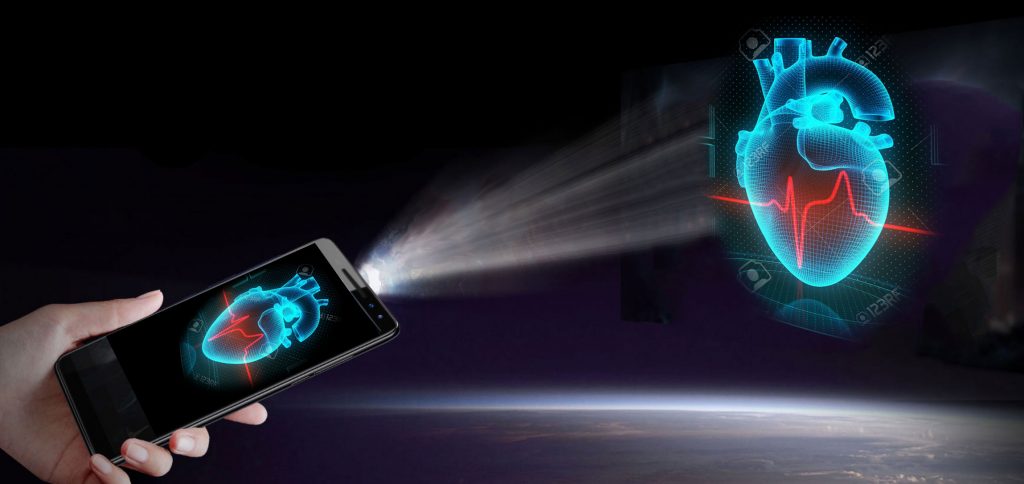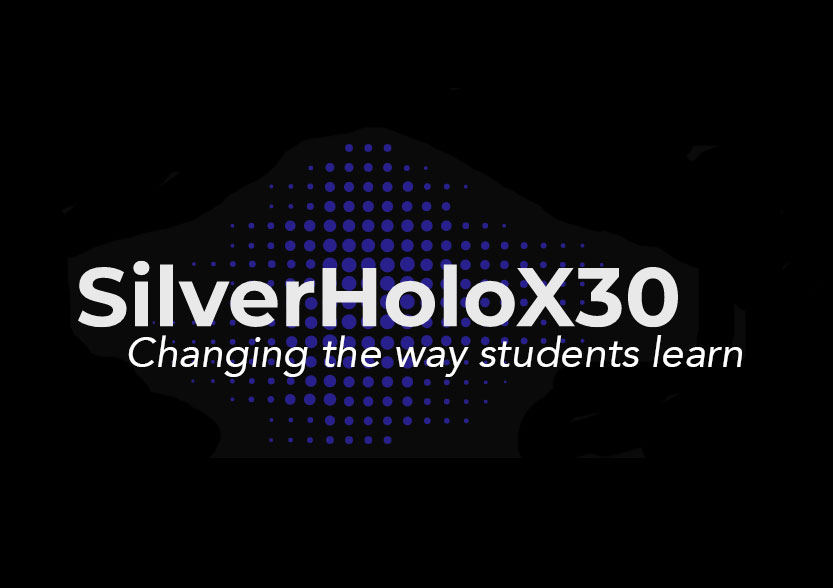
SilverHoloX30 is changing the way students learn by providing experiential learning opportunities at their fingertips.
SilverHoloX30 provides students with the possibility to use holographic AR using their phones wherever they are.
Featuring original research and analysis on mobile and open learning published as Open Educational Resources (OERs) by professional educators enrolled in the University of British Columbia's Master of Educational Technology (MET) program. Browse and be inspired!

Posted in (A3) Mobile Forum, and Mobile Education

SilverHoloX30 is changing the way students learn by providing experiential learning opportunities at their fingertips.
SilverHoloX30 provides students with the possibility to use holographic AR using their phones wherever they are.
You must be logged in to post a comment.
Adriana, I actually had to investigate your page for a minute to realize this was not a review of a product already on offer by a big tech company. Well done!
I have actually, independently come up with a very similar idea myself for a product for this course. I imagine many people and companies have the same idea; leveraging the capabilities of 5G to use your phone as a mobile, personalized, situational, context based learning platform.
This concept plays on the term I have come up with of “A school of One”. 5G enables learners to make our visions a reality, using their phone for anywhere, anytime learning.
In your prototype I see many of the pieces of our Week 4 provocation.
Mobile learning (Learning across multiple contexts, using personal electronic devices. Access learning via mobile devices.) Yes.
Open learning (activities that broaden learning beyond formal education systems. Self-determined, interest guided, and independent learning ) Yes.
Problem based learning: “How could erosion be reduced at this beachfront?” Yes.
Situated learning: In my community, beaches are important for recreation and tourism. Yes.
Connectivism: This learning experience exists due to 5G and IOT. Yes.
Constructivism: As the learner, I am making learning by interacting with what is important to me in my surroundings. I am making/creating understanding by making something. This phone has mobile tools that allow me to design a better beachfront with less erosion. Yes.
Hi Adriana,
Thank you for introducing me to an alternative idea for incorporating AR into education. Your page is informative and demonstrates the potential for this technology. I also appreciated the rationale you provided on why experiential learning is the future of learning. The information and page is so convincing that I thought this was actually a product in development! This type of technology will change how experiential learning looks for students. I like that instead of needing to wear VR goggles/glasses, it is projected through a phone as there have been health concerns, especially vision related, when using the goggles (it is recommended that they only use it for short periods of time, like 15 minutes, and then need a break). I personally feel nauseous after using VR goggles so this will be a great alternative.
Some questions I have in regard to the product are, will it be an app or a physical device? What can be done for students who do not own devices that have the capabilities for holographic projection? One suggestion could be to make it a dongle that you can plug into any smartphone/device that has internet capabilities so it will be accessible to everyone. When students are notified of learning opportunities over GPS, is the content the student learns developed by a teacher? The AI may be able to find the resources but how will the database for the information to be drawn from be developed? I realize that this is not an actual product yet but these are just some thoughts that came across my mind.
Great work!
Juliano
Hi Juliano,
Thank you for your comments. When I was devising the idea I chose the physical device, because I would like students to use it for the sole purpose of education and to avoid distractions while using the device. The images that they see on their device would not mix up with their personal use images. It’s like having a work phone and a personal phone. In regards to access, ideally the device would be affordable and provided by the schools, similar to chromebooks at the moment. The content accessed through the GPS notifications, is content that has been developed by a teacher, an expert or another student, but before being available in the software, it needs to be reviewed and approved, similar to youtube kids. The database will include materials developed by the community of learners, as well as materials in the public domain, the material in the databased is reviewed and approved first.
Thanks,
Adriana
Hi Adriana,
I think this technology will really have a huge impact. I have used VR and 3D glasses and other similar things, but find them gimmicky. Sure, they are immersive and interesting and a lot can be done with them, but I remain skeptical that they will have a large impact as they are cumbersome, costly (for good quality), and doesn’t really foster collaboration.
A class walking into a room coming face to face with an elephant would be a transformative experience. Your product page is very cohesive even down to the colour scheme and is convincing. I see the value in having this in a mobile device, but in a classroom setting I’d still be happy if it were a larger device which all students could connect to with their mobile devices (think chromecast or apple tv). The key here would be to make sure this tech is not walled and specific to each manufacturer but is standardized in much the way screens are today – connect and it works.
Thanks